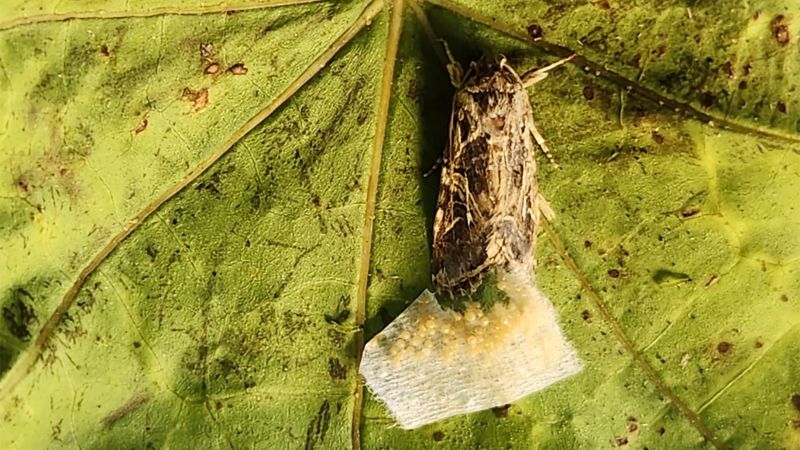Recent research findings have unveiled a fascinating and groundbreaking phenomenon relating to plant communication. According to a study published in the journal eLife, researchers from Israel have demonstrated that insect species can hear and interpret ultrasonic distress signals emitted by stressed plants. Although plants have been known to express their discomfort through sound, these signals remain inaudible to human ears due to their high pitch, typically ranging between 20 to 100 kilohertz.
The research team, led by entomologist Rya Seltzer, focused on the sounds produced by tomato and tobacco plants when deprived of water, building on prior studies that documented these acoustic phenomena. These sounds result from fluctuations in the plant’s xylem—a vital plant tissue responsible for transporting water and nutrients, where air bubbles form and collapse during times of stress. This activity results in vibrations, creating click-like sounds that can potentially reach insects as far as 16 feet away.
To delve deeper into this acoustic interaction, the researchers investigated the behavior of the Egyptian cotton leafworm moth (Spodoptera littoralis). They observed that these moths avoided distressed tomato plants that emitted ultrasonic sounds, opting instead for healthier, quieter plants. This finding suggests that moths are capable of interpreting these acoustic signals to identify optimal environments for laying their eggs—insight is particularly critical given that their initial choice is crucial for their larvae’s nourishment.
Dr. Yali V. Zhang, an expert in insect-plant interaction at the University of Pennsylvania, noted the significant implications of this research, emphasizing that these findings reveal a novel way for animals, in this case insects, to respond to environmental cues. It is essential to clarify, however, as Seltzer pointed out, that while there is a detectable interaction between the plants and insects, it should not be equated with communication; plants emit these sounds passively rather than deliberately transmitting distress signals.
The researchers conducted various experiments to assess whether the sounds from stressed plants influenced the egg-laying behavior of female moths. When given the choice between a dehydrated tomato plant and a fresh one, female moths preferred the fresh option. To explore the impact of sound further, they created an experimental setup with two separate boxes—one that played recordings of distressed plant sounds and another that remained silent. The results indicated that the moths gravitated towards the box emitting noise, supporting the notion that these sounds provide crucial information regarding plant health.
In subsequent tests, they examined the preferences of female moths between two equally hydrated plants, noting that when one was accompanied by ultrasonic distress sounds, the moths showed a clear preference for the quieter plant. Notably, in an additional experiment where male moth sounds were played, female moths did not show a preference, indicating that their decision-making depended significantly on the specific acoustic cues from plants.
The researchers’ findings have broad implications, revealing a previously unrecognized layer of interaction between insects and plants through sound. This research is not simply a novel observation; it opens up avenues for future work in plant acoustics, particularly as scientists explore potential agricultural applications, including pest control strategies that leverage a plant’s sound output under stress.
Overall, this discovery is a remarkable testament to the complexities of ecological interactions. While previous research has documented plant responses through chemical cues, this novel insight into acoustic signals provides an additional layer of understanding about how plants communicate their state of distress. As Seltzer noted, this field of study is still in its infancy, suggesting that the existing body of research only scratches the surface of the auditory world of plants and their interactions with various organisms. The fullness of the plant sound spectrum and potential ecological interactions remain largely unexplored, indicating a dynamic realm ripe for future investigations. The discoveries underscored herein could revolutionize how we understand plant health and the broader implications for ecosystems as a whole.












